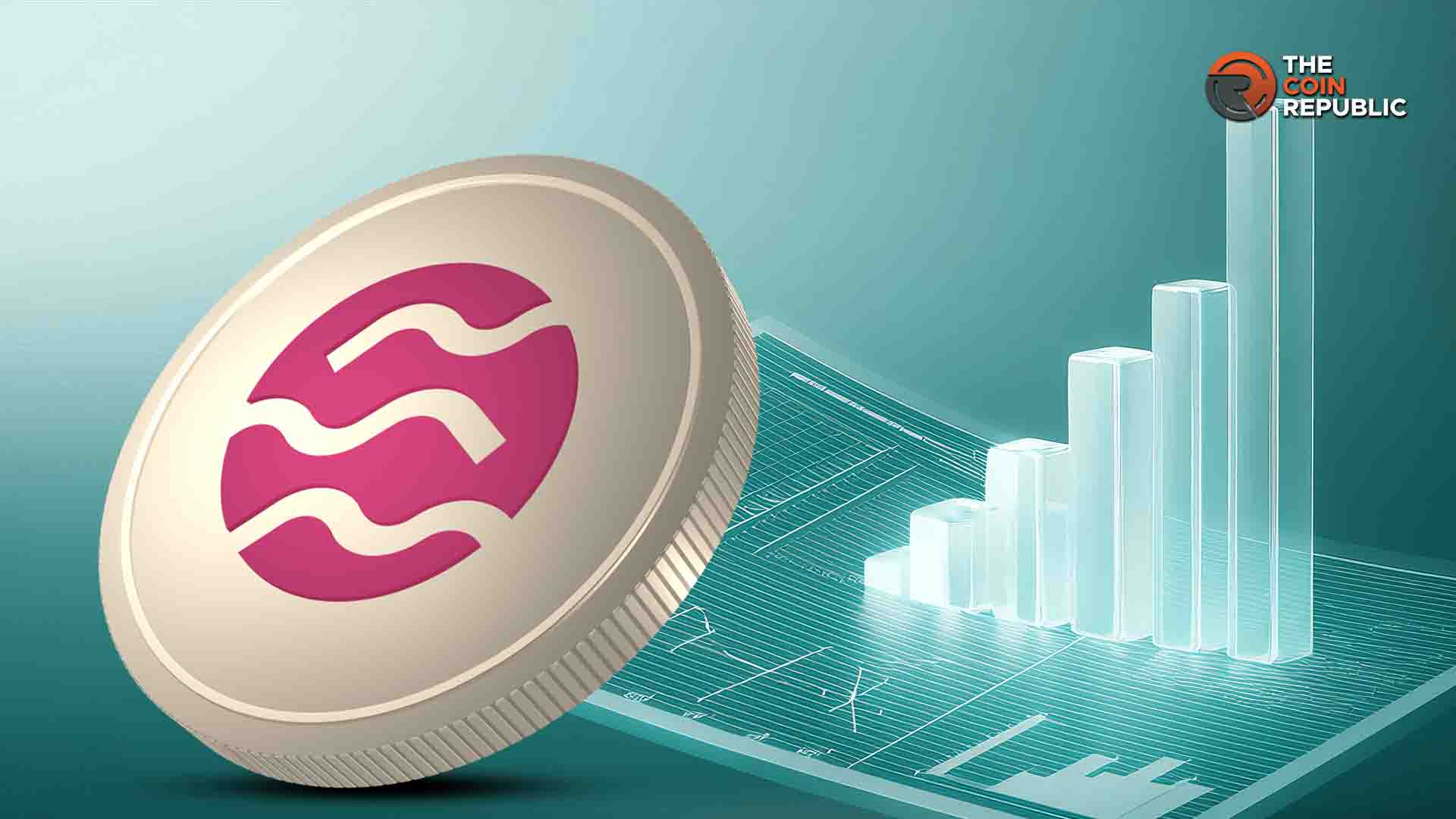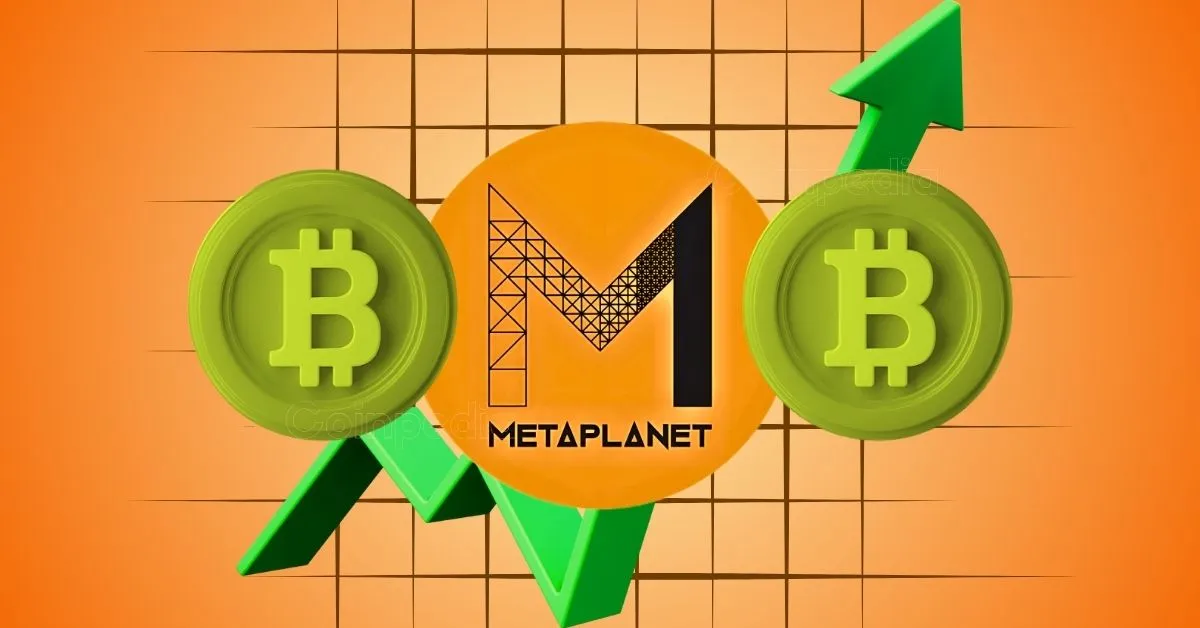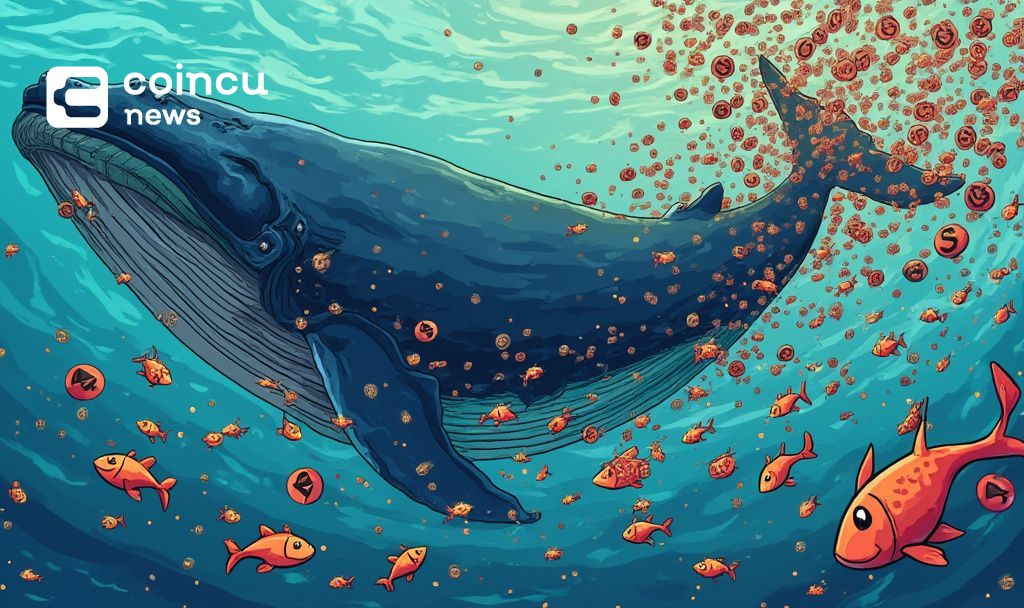 CaryptosHeadlines Media Has Launched Its Native Token CHT.
Airdrop Is Live For Everyone, Claim Instant 5000 CHT Tokens Worth Of $50 USDT.
Join the Airdrop at the official website,
CryptosHeadlinesToken.com
CaryptosHeadlines Media Has Launched Its Native Token CHT.
Airdrop Is Live For Everyone, Claim Instant 5000 CHT Tokens Worth Of $50 USDT.
Join the Airdrop at the official website,
CryptosHeadlinesToken.com
In blockchain technology, a fork occurs when there is a change or upgrade to the network’s underlying protocol. These changes, initiated by developers or the community, require node operators to update to the latest version of the protocol.
Since every node in the network stores a copy of the blockchain and verifies transactions against its history, any modification to the protocol impacts how the network functions. Forks generally fall into two categories: soft forks and hard forks.
What is a Hard Fork?
A hard fork in blockchain refers to a significant change to the network’s protocol. Essentially, it’s a software upgrade that requires all nodes to follow the same rules. If the hard fork causes disagreement among miners, meaning not all of them accept the new rules, a chain split can happen.
This results in two separate blockchains: the original one and the upgraded version, with some miners continuing to mine the “old” chain while others move to the new one.
There are various reasons or events that can prompt developers to implement a hard fork. One notable example is the hack of the Decentralized Autonomous Organization (DAO), which led to a near-unanimous vote to fork the Ethereum blockchain.
This hard fork reversed transactions that had stolen millions of dollars worth of digital currency from the DAO by an anonymous hacker. It also allowed DAO token holders to recover their ether (ETH).
However, some miners chose to continue mining the original chain, which was later picked up by OTC desks and included in a price discovery order book. Poloniex listed this version, and a portion of the Ethereum community decided to maintain the old chain, eventually creating Ethereum Classic.
What is a Soft Fork?
A soft fork in blockchain refers to a change in the protocol that remains compatible with the previous version. This means that not every user needs to upgrade to the new version of the software.
Soft forks can be used to introduce new features or even reverse transactions, such as in the case of a blockchain reorganization. In a proof-of-work system, once the majority of miners (based on hash power) adopt the new software, the soft fork concludes, and the blockchain will return to a single, unified chain.
A soft fork can also happen when there is a temporary divergence in the blockchain, caused by miners running outdated nodes that don’t recognize a new consensus rule. Unlike hard forks, soft forks don’t require all nodes to upgrade in order to maintain consensus.
This is because the new blocks created under the soft fork rules still follow the old rules, so the previous clients will accept them. However, soft forks cannot be undone without a hard fork. By definition, a soft fork only makes the set of valid blocks smaller than it was before the fork.
If users upgrade to a post-soft fork client and, for some reason, a majority of miners switch back to the pre-soft fork client, the users of the new client would break consensus as soon as a block that doesn’t follow their new rules is mined.
Difference between Hard Fork and Soft Fork
A hard fork in the blockchain is like turning a page to a new chapter in a book where everything changes, and there’s no going back to the original story. It leads to a permanent split, creating two distinct blockchains, one for those who adopt the new rules and another for those who stick to the old ones.
In contrast, a soft fork is more like editing a chapter to improve it without altering the entire storyline. It’s backward-compatible, meaning users who don’t upgrade can still follow the blockchain, although their experience might not be as smooth.
It’s less disruptive and doesn’t result in a split, making it the “softer” option. Simply put, hard forks bring about major changes that force everyone to either adapt or separate, while soft forks are smaller updates aimed at improving things without disrupting the overall flow.












